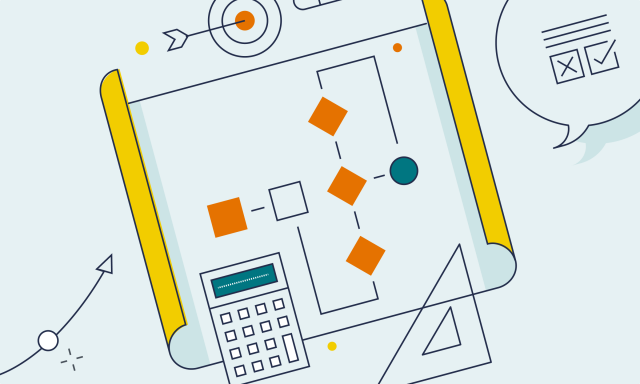

 Article
Article


When the right tools and significant insight are applied to a work process, the combination can lead to game-changing improvements in how business is done. Total quality management served that purpose for manufacturing in the 1980s; the creative problem-solving design thinking offers does the same for innovation three decades later.
One of the greatest gifts design thinking brings the workplace is its methodical approach; having an explicitly spelled out process helps overcome inhibitors to change. Not only does each step lead to an output that feeds directly into the next, it helps participants move beyond human tendencies that are counterproductive to innovation: Design thinking pushes beyond habits and “status quo” thinking. With the process rooted firmly in collaboration, innovators push past confirmation bias and see what information other stakeholders consider vital. And it inspires confidence; it’s hard to be innovative if you’re scared of being wrong. To avoid making mistakes, people will naturally choose inaction over action, but the clear order of actions and tools the design thinking process provides contribute to a sense of psychological safety.
There’s freedom in the structure that comes with design thinking. The methodology’s design unleashes the thinking.
Design thinking typically involves seven steps along the path from customer discovery to idea generation to the innovative result itself.
For an in-depth discussion of the design thinking process, including real-world examples of how it’s effected change in business, health care and social services, read more in Darden Professor Jeanne Liedtka’s article “Why Design Thinking Works” in the September/October issue of Harvard Business Review, also available on HBR.org.
Liedtka is an expert on the hot topic of design thinking and how it can be used to fuel innovation and organic growth.
Liedtka’s most recent books are The Catalyst: How You Can Lead Extraordinary Growth (named one of Businessweek’s best innovation and design books of 2009), Designing for Growth: A Design Thinking Tool Kit for Managers (winner of the 1800 CEO READ best management book of 2011), The Physics of Business Growth (2012) and Solving Business Problems With Design: 10 Stories of What Works (2013). Her latest book, Design Thinking for the Greater Good, studies design-led innovation projects in government and social sectors.
B.S., Boston University; MBA, Harvard University; DBA, Boston University